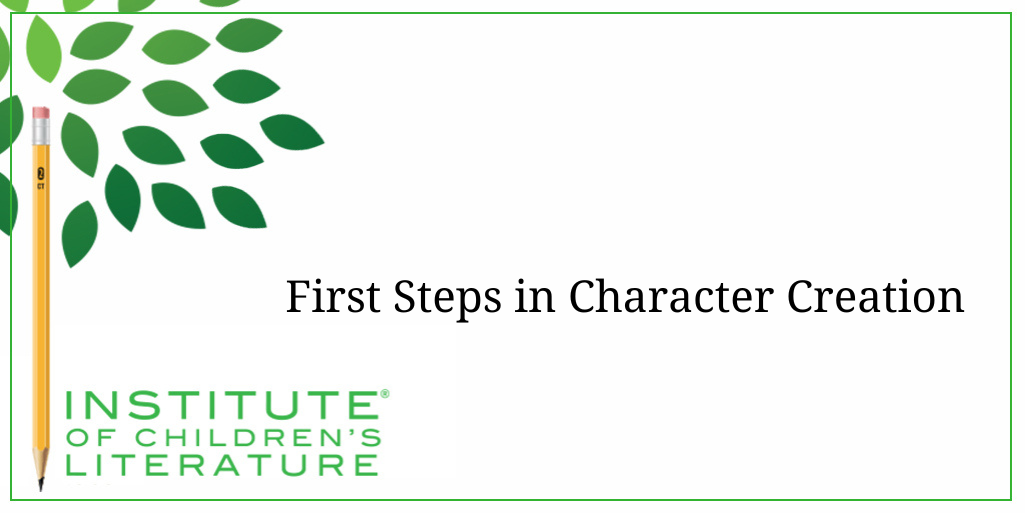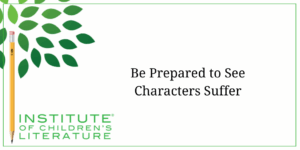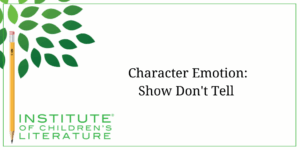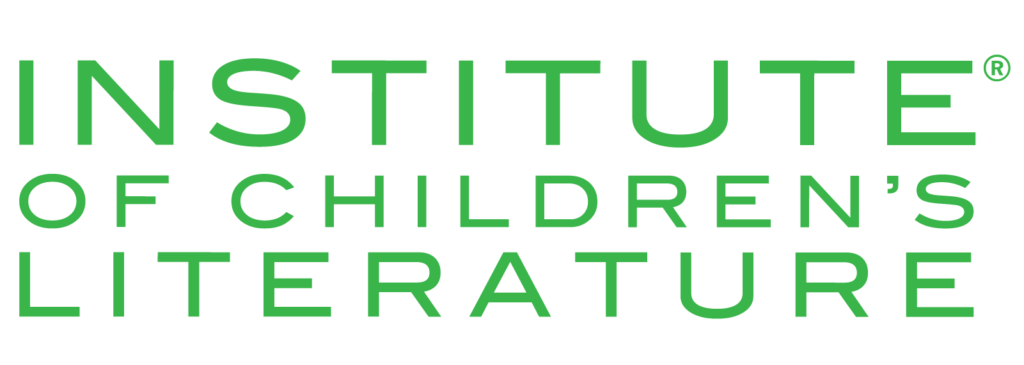
- Date: July 17, 2025
- Author: Jan Fields
- Category: Writing for Children Blog
- Tags: character, character creation, kidlit
We teach our students how to write and get published!
View our Course Catalog >
First Steps in Character Creation
Character creation doesn't always work the same way. Sometimes a character simply jumps into a writer's head and demands to be heard. And sometimes a character is based on someone you know, so you already have elements of that person's personality or voice to work with, though this can be challenging, since characters based on real people can resist behaving the way you need them to behave. And if the character is easily recognized as being that real-life person, you may run into some privacy issues. 
Despite these exceptions, most of the time, character creation involves building your imaginary person from scratch. In that case, jumpstarting character creation often benefits from creative boosting tricks. Let's look at some great ways get inspired for creating a character that is both completely yours and full of story possibilities.
A Rose by Any Other Name
Some writers will tell you that a character simply doesn't begin to emerge for them until the character's name is chosen. Names tend to create connections, often connections that are very personal for you.
There are some assumptions many of us will make upon hearing certain names. This means most of us have a distinctly different person in mind when we hear a name like Allister versus a name like Jack. But connections can be more nuanced than that as everyone's response to a name isn't the same. If you grew up being bullied by a kid named Richie, you're going to have a totally different reaction to the name than if it was the name of your best friend or your first puppy. Because connections are so personal, name choice is as well. This can go for last names as well as first names. Someone with the last name of Bumbleshoot is going to be far cheerier to be around than someone with the last name of Blot.
One worthwhile exercise ahead of character creation would be considering some qualities you associate with certain names. For example, when you imagine a timid character, which name would fit better in your mind: Timothy or Bradley? If you're creating a character brimming with confidence, would you choose Kat or Constance? The more you recognize your own reaction to names, the easier time you'll have choosing a name for your character that doesn't get in the way of the character creation and instead inspires it.
The Power of Pictures
Just as names can help in character creation, so can images. I will often find a stock photo or a celebrity photo or simply a photo I've seen in a magazine and use it as the image for my main character. I find looking at a specific child helps me flesh out the personality and habits of that character. Once I've picked my character's basic photo, I will sometimes collect photos of things connected to the character. Pinterest can be a great tool for this kind of visual character creation as you can dedicate a board just to this character and include photos of clothes your character would wear, the character's bedroom, the character's pet, photos from the town/city where the character lives, and pictures of the character's favorite things. Some of these images get a bit harder if you're writing futuristic stories or post-apocalyptic or even historical, but even then, it's amazing how many times you can find photos that can inspire you.
When you choose something for the character, a poster for their wall or a stuffed toy they love or their favorite shirt, ask yourself why these things are this child's favorite. Open a text file and come up with a little personal story, let the character tell you why he or she loves this singer or this movie or this action figure. As you listen in your head and transcribe your character's stories, the voice you'll eventually use for the character will begin to emerge. And the character will feel more real for you. Before you can convince a reader of the realness of a character, you have to believe it yourself. Suspension of disbelief begins with the writer before the reader is ever invited in.
Big Picture Motivations
 As long as you're writing these little mini stories for your character, you can branch out to let the character tell you a few deeper things. Now that you know the character's name and their appearance and favorite things, you should be ready to dig deeper and examine some motivating factors for this character. What does the character want? This question can be immediate wants (to sneak a cookie, to wear pajamas to school, to go out and play) and bigger hopes and dreams (to play professional baseball, to write a book, to go to the moon). Let the character tell you why they want these things and what stands in the way of having them. You'll find out things in this exercise that surprise you sometimes. You may learn the character's mother is often absent or inattentive or you may learn the character's big brother was going to play professional ball before a career ending injury. The big discoveries will begin to reveal the emotional heart of the character and provide you with some entry points for your story.
As long as you're writing these little mini stories for your character, you can branch out to let the character tell you a few deeper things. Now that you know the character's name and their appearance and favorite things, you should be ready to dig deeper and examine some motivating factors for this character. What does the character want? This question can be immediate wants (to sneak a cookie, to wear pajamas to school, to go out and play) and bigger hopes and dreams (to play professional baseball, to write a book, to go to the moon). Let the character tell you why they want these things and what stands in the way of having them. You'll find out things in this exercise that surprise you sometimes. You may learn the character's mother is often absent or inattentive or you may learn the character's big brother was going to play professional ball before a career ending injury. The big discoveries will begin to reveal the emotional heart of the character and provide you with some entry points for your story.
Now, life is more than wants, so you may ask your character what frightens them. You may learn this seemly confident child is afraid of the dark, or is dealing with a bully, or is worried about his father's health. Digging into the worries and fears of a child offer another emotional entry point for your story. Often these two questions (wants and fears) will reveal information that directs you to the antagonist of the story. As you discover new possible characters during your interrogation of this main character, you can do similar interrogations of new characters. You can learn what they want and what frightens them. You can choose names and find images. You can make them real too. Stories are full of a web of characters with connections that come out as you're creating.
Did You Hear That?
One of the final character creation steps I take has to do with making sure every character has a distinct and different voice. If you're writing a novel with a cast of characters who are similar in age, location, and background, they will try to sound alike unless you take specific steps to ensure they do not. And the steps you've taken prior to this one should help. By now, you'll know if your character is timid or confident. You'll have a feel for their background. So, you can begin to think about how different elements of the character's personality will manifest in their conversation. A fretful character will not speak in a similar way to a supremely confident character. If they do, then you're failing to let the child's personality manifest completely. The more you get to know your characters, the more the personality of the child will become specific and distinct. 
I recently wrote a middle grade book, The Door. The two main characters had something strongly in common. They were both grieving, and they were both angry. These are strong commonalities that would be likely to make the characters impatient, defensive, and unkind. This could result in two kids who sound a lot alike. I could not let that happen. They needed to be very different. So, I created two characters who were born and raised in very different parts of the country. That would automatically affect some of the word choices and sentence structures the characters would use. Also, one character was an only child, while the other had a sister who had recently died. This also resulted in differences in the way they interacted with others. They had different interests and very different parents. As a result, they were very different children and did not sound the same at all.
It's a Process
Character creation demands creativity and thought. If you rush the process, you'll quickly fall into the habit of creating the same character over and over. Your character voices will blur together. Your motivations for character action will be problematic. These are all things easily solved by time; time spent getting to know these people you're creating out of your head. Take the time, and you'll soon find your stories populated by people who sometimes surprise you in all the best ways.
Related Articles for Character Creation
With over 100 books in publication, Jan Fields writes both chapter books for children and mystery novels for adults. She’s also known for a variety of experiences teaching writing, from one session SCBWI events to lengthier Highlights Foundation workshops to these blog posts for the Institute of Children’s Literature. As a former ICL instructor, Jan enjoys equipping writers for success in whatever way she can.




